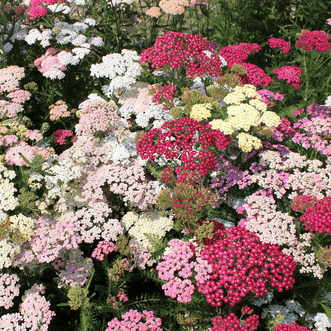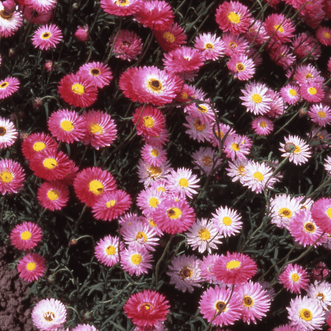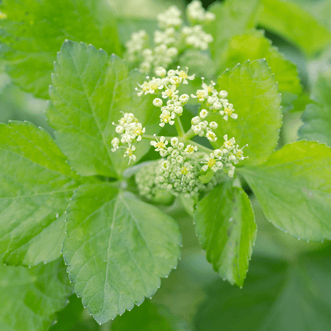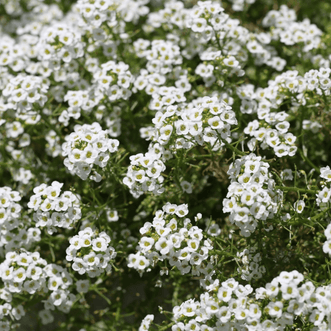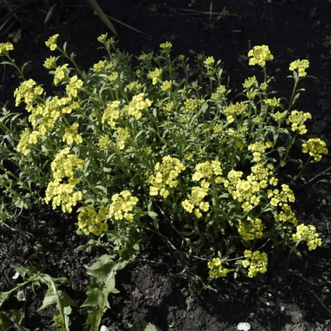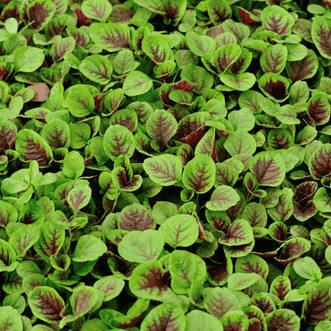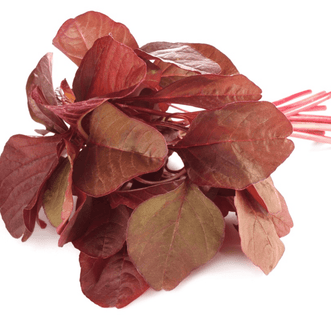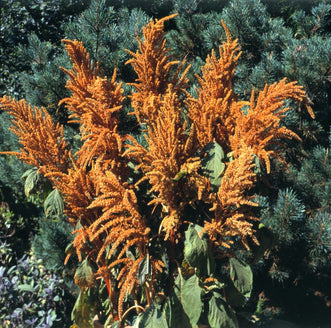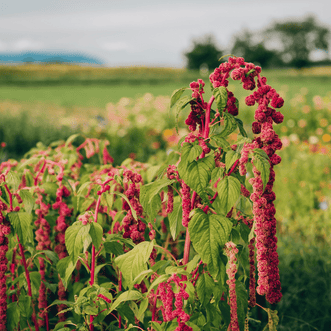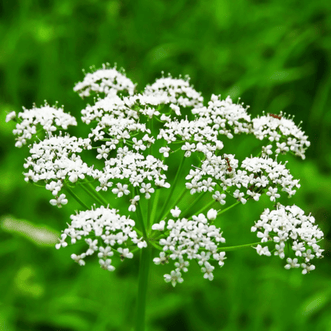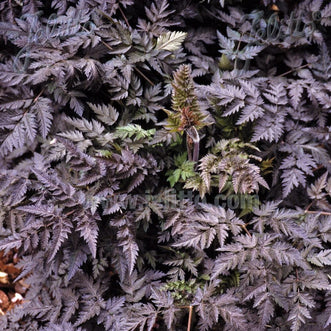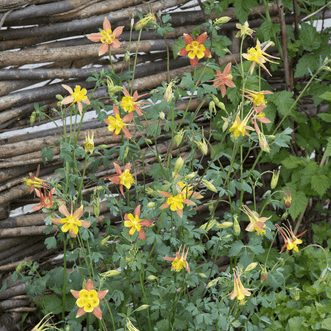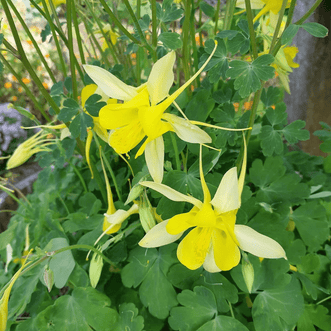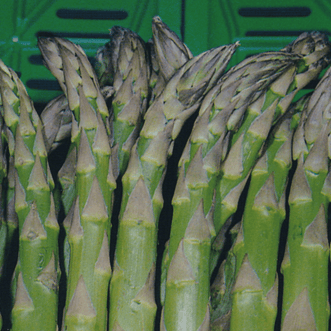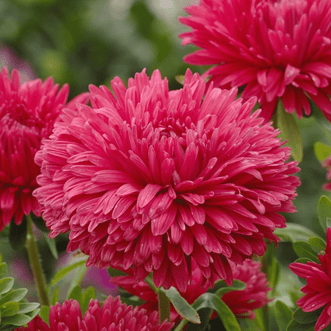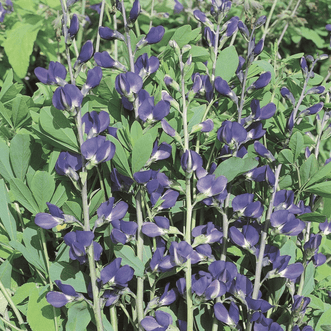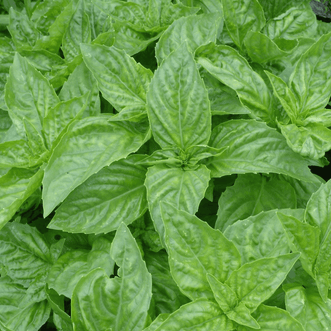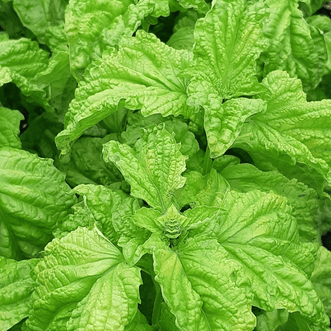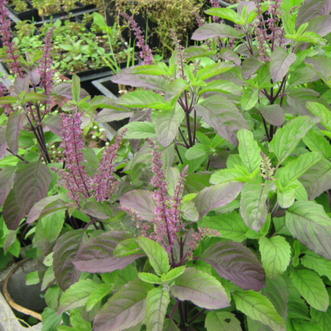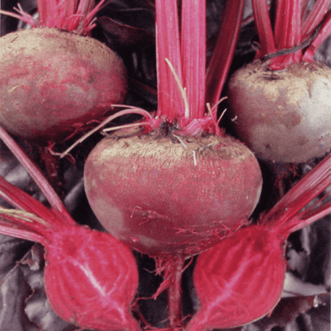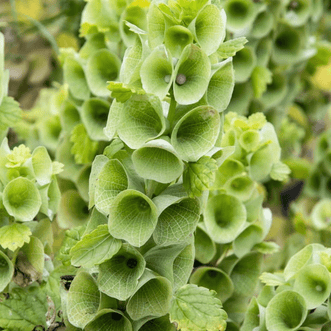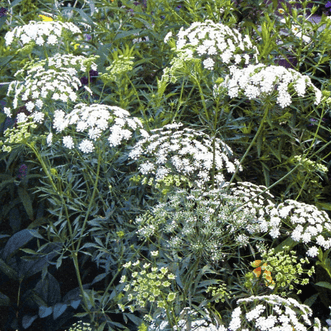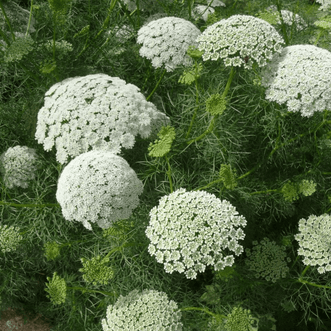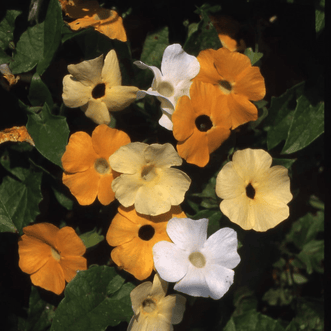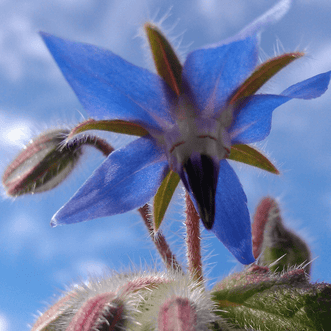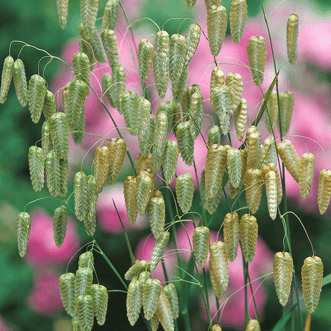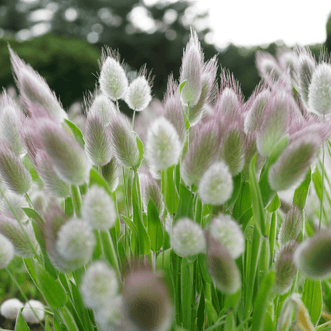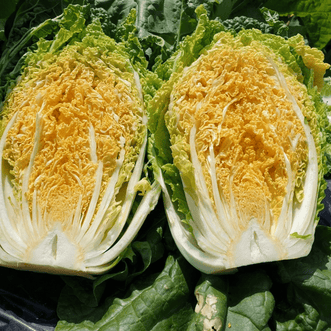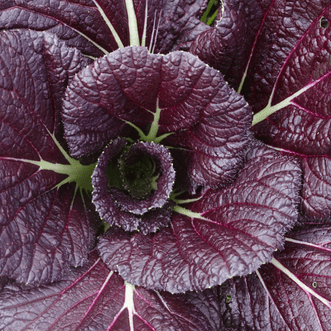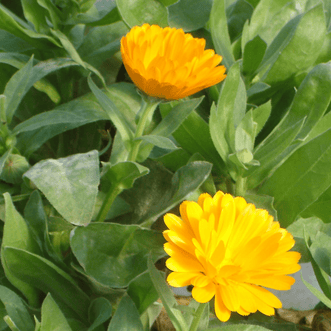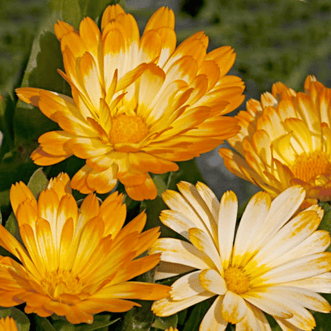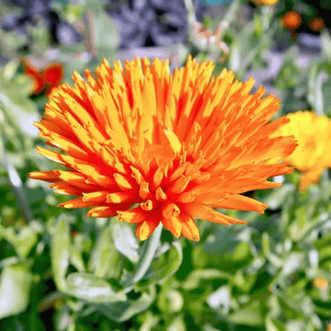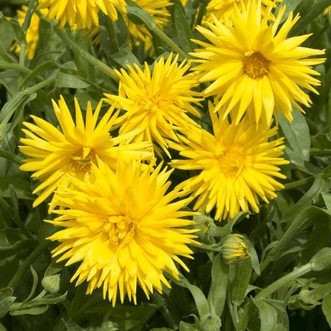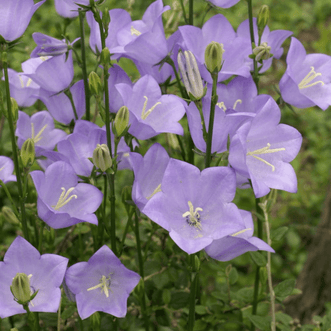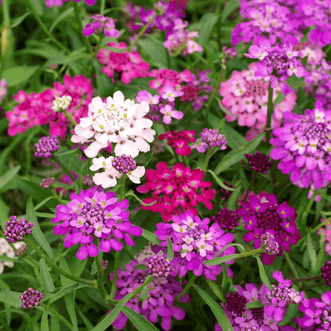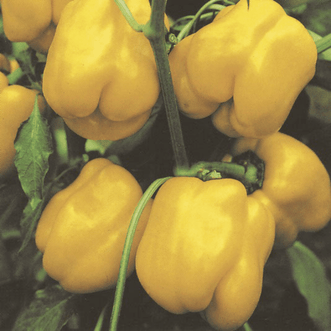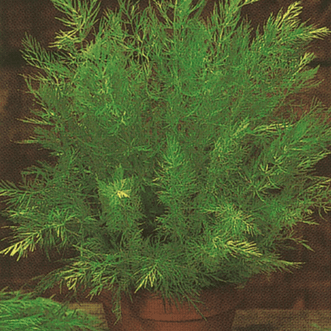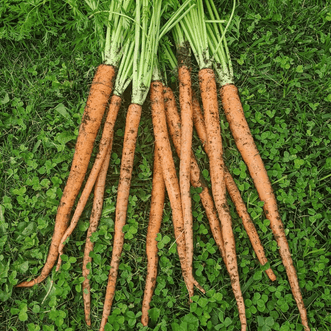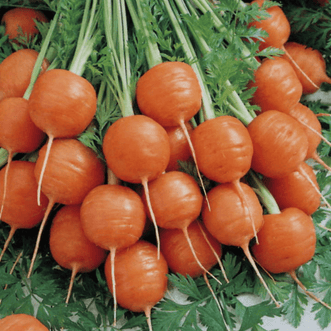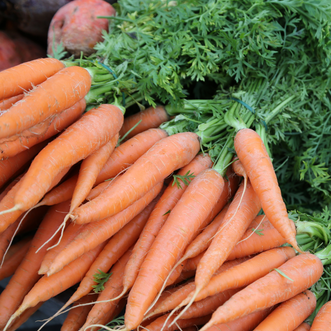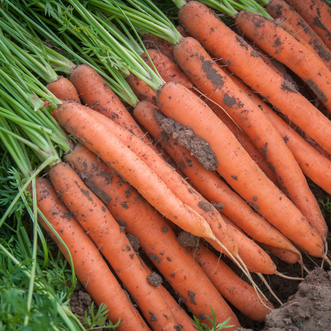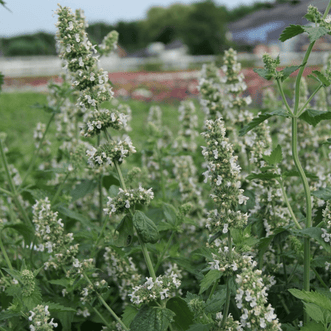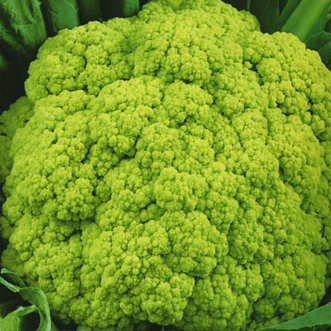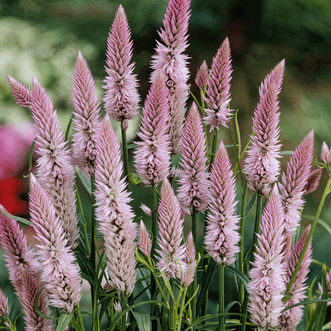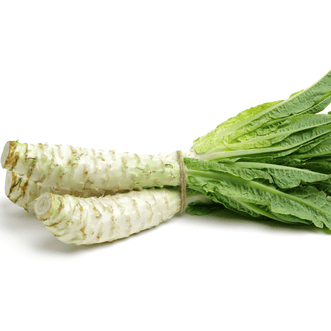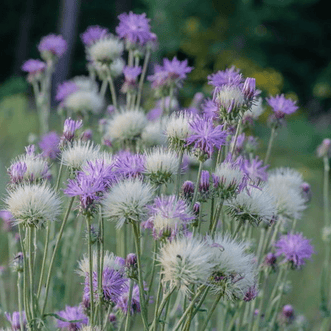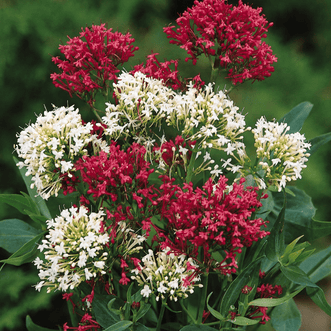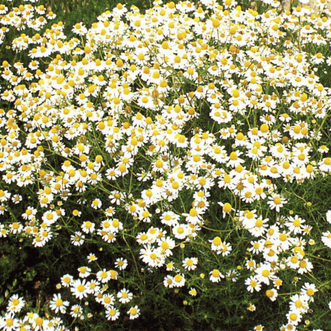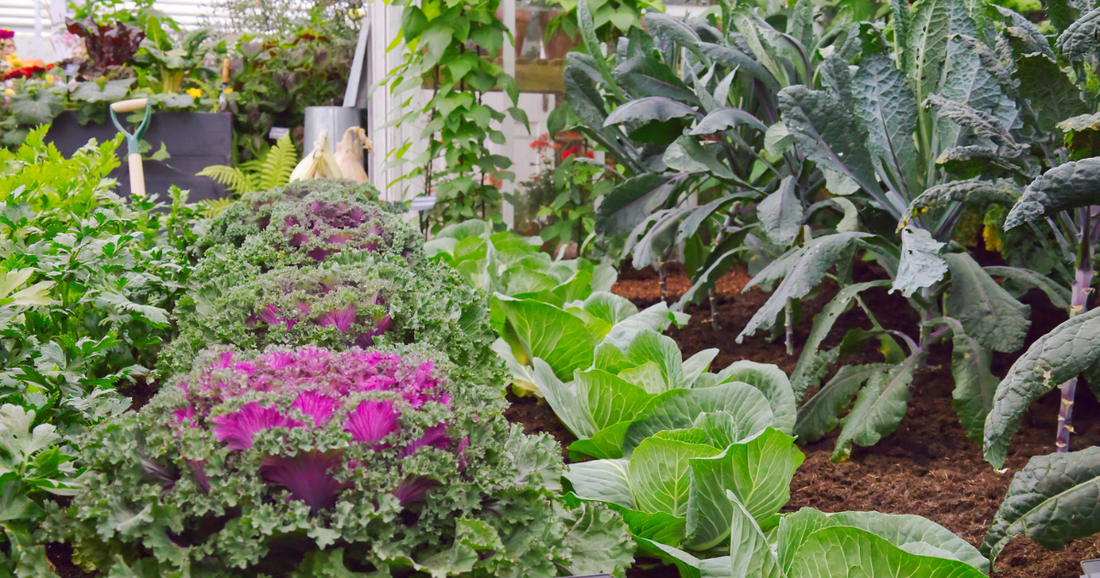
Autumn Planting Guide: Preparing Your Garden for the Cooler Months Ahead
Charlotte ConnoleyAutumn is such a wonderful time of year and not only for gardeners. We are rewarded with gorgeous sunny days, misty mornings and the fabulous yellows and oranges of nature’s change of season.
Early in autumn is the time to get sowing! The soil is still warm but also moist from the morning dew and more regular rain. This encourages roots to get established before the cooler months creep in.
Autumn is nature’s planting time as seed that has matured over the summer will drop to the soil and germinate.
Autumn is a great time to give your garden a tidy up after the summer’s harvest and to sow, plant and plan for the winter garden to provide a constant supply of seasonal produce. Even though it’s getting cooler, there are still some flowers we can sow to enjoy their vibrant colours.
Wondering what to plant in autumn? Read on to discover how to transition your garden from summer to autumn and the best vegetables, herbs and flowers to plant in March, April and May.
Preparing Your Garden for Autumn
Now that the summer harvest has concluded its time to tidy up our property and garden beds, remove waste and start to prepare the soil for autumn sowing and planting.
Have a look around your property or section and put away any garden furniture, hoses, irrigation systems or ornaments that could be damaged by the colder weather. There’s nothing more annoying than going to grab a hose to water plants in the spring to find its perished due to frosts over winter.
Remove any dead or dying plants, weeds, or debris that may have accumulated during the summer months. This makes your garden look neater and helps prevent the spread of diseases and pests.
Garden waste can be a great source of organic matter for compost, but it can also harbour pests, disease and weed seeds that would then be spread throughout your garden when you apply your compost in the spring. So, make sure you examine garden waste well for signs of pest, disease and any weed seed heads before you go putting in on your compost pile. Diseased plants should be removed offsite or buried deep to prevent the further spread.
Protect Your Autumn Garden from Pests and Disease
Pest and disease are an inevitable part of gardening. But if you can maintain healthy soil and plants, and regularly keep an eye on your plants for early signs of infection or infestation, then generally you won’t have a major issue.
Garden hygiene is one of the most important tools to prevent pest and disease establishing and spreading in the garden. Remove any infected plants, disposing of appropriately and keep tools and equipment clean and sterilised.
If you want to give your brassica seedlings the best possible start to life, protecting them from the destructive impact of white butterflies is important. A simple measure such as covering them with insect netting can create ideal conditions for the healthy growth and development of your plants.
During the cooler months, slugs and snails can be a significant threat to your garden. Heading out to the garden with a torch at night can uncover these slimy pests which you will need to dispose of to safeguard young seedlings. Slugs and snails also don’t like the fine fibres of our wool mulch mats. These mats are easy to use and can be placed around the base of your plants to provide a deterrent from these garden pests.
Healthy plants are your best protection, so keep you soil in good condition to support the growth of your garden.
Protect Your Soil with Mulch and Cover Crops
Covering up your soil over the cooler months is essential to protect it from erosion, nutrient depletion and compaction. During winter, the soil is exposed to harsh weather conditions, such as heavy rain, snow, and frost, which can wash away the topsoil and damage the soil structure. Mulching and cover cropping are two effective methods of soil protection.
Mulching involves covering the soil with organic materials, such as leaves, straw, compost and even our wool mulch products. By creating a layer of organic material over the soil, you can benefit moisture retention, regulate soil temperature and help to suppress weeds. The mulch will break down over time, enriching the soil with nutrients.
Growing cover crops and green manures are a great way to ensure your garden beds are not bare in winter. A cover crop is any plant grown to improve soil conditions and could be just one plant species grown alone or multiple plant species grown together. Cover crops can improve your garden by reducing erosion, increasing water retention and nutrient availability, suppressing weeds, increasing soil organic matter and reducing pest and disease risk.
Protecting the soil and improving the soil health are crucial to ensuring your garden is productive during the winter months and sets the soil up for spring planting.
What to Plant in Autumn to Keep Your Garden Producing all Winter Long!
Ready to do some autumn planting? Despite the cooler weather and shorter days there are still many options for what you can sow including vegetables, herbs and flowers.
So let us help with what to plant in March, April, or May!
The lists detailed here are not extensive, covering all that can be grown in Autumn. Use the following links to see the full range that can be sown at this time of year. Remember to sow a small amount every 2-3 weeks to ensure a continuous harvest throughout winter.
Find Vegetable seeds here.
Find Herb seeds here.
Find Flower seeds here.
What to Plant in March:
Vegetables to sow in March:
Herbs to sow in March:
Flowers to sow in March:
Cover Crops and Green Manures can be sown directly into the garden during March.
What to Plant in April:
Vegetables to sow in April:
Herbs to sow in April:
Flowers to sow in April:
Cover Crops and Green Manures can be sown directly into the garden during April.
What to Plant in May:
Vegetables to sow in May:
Herbs to sow in May:
Flowers to sow in May:
Cover Crops and Green Manures can be sown directly into the garden during May.
Enjoy Your Autumn Garden!
The end of one season and the beginning of the next is always a great time to reflect on your success in the garden and to make adjustments for the following season. There are some easy ways to prepare your garden for the colder months ahead and keep pest and disease at bay while creating healthy soil to nourish your plants.
Knowing what are the best veggies to plant in autumn will mean you will have access to nutritious and affordable produce all winter long. Growing fresh herbs during autumn to add flavour to meals or to use medicinally to ward off the winter colds and flus is always beneficial and provides biodiversity in your garden too! Plant some flowers that don’t mind the cool conditions to brighten those chilly days and to provide the bees with a food source all winter long.
Don't let the colder months prevent you from getting out into the garden, it’s great for body and mind! Enjoy nature at its best as the season changes and relish your hard work knowing you are prepared for the winter ahead. Keep your garden growing year-long and explore the range of Kings Seed’s vegetables, herbs and flowers, perfect for planting in Autumn.
Growing is for Everyone!
Sow • Nurture • Nourish

